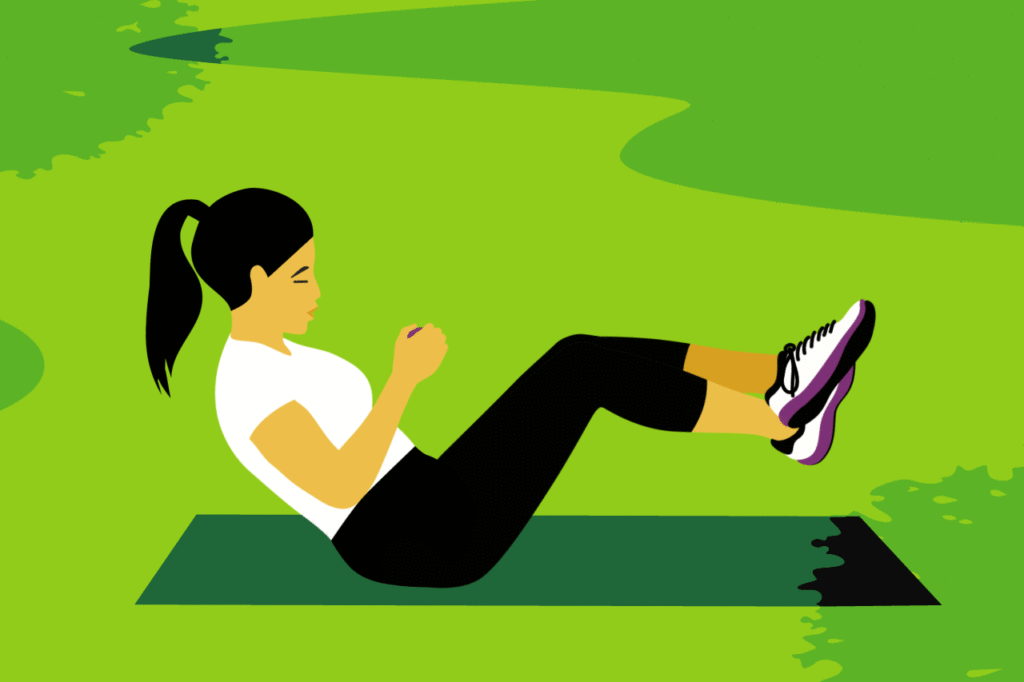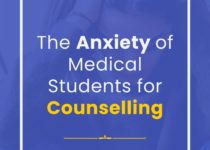Preventing Eye Strain Due to Screens During Covid
With time and the arrival of technology, the usage of computers, laptops, tablets, and smartphones has seen a constant increase in the past few years. However, these digital devices must be held at a distance between near and distant vision, causing strain on the visual system designed for comfortable near and distant vision.
Hence, a radical increase in screen time was immediately followed by the emergence of the COVID-19 pandemic and the global lockdown.

Staring at the screens for hours on end can lead to eye stress, blurry eyesight, and dry eyes. However, there are many ways to prevent those problems. For example, there is nothing to worry about educational screen time during the pandemic if you regulate breaks between tasks, encourage outdoor play whenever safe, and limit regular entertainment screen time to two hours a day or less.
The Connection Between Quarantine and Eye Strain
Eye strain following screen time is nothing new—it’s been the most discussed topic over the past five years. Numerous studies have focused on whether screen time becomes damaging, who it’s most dangerous to, and whether or not it is reversible. According to a researcher, an optometrist, and senior director, digital eye fatigue (or computer vision syndrome) can begin after as little as two hours on just about any device, from desktop or laptop to a tablet or phone.
Eye strain is on the top of the mind now as we’re spending more time at home and logging more hours online—whether for work, online meetings, or digital happy hours. As a result, when the time comes to take a step back from or shut down our screens, it becomes hard to see things in the distance. The reason being that your eyes become hyper-focused when something is too close to your face for an extended period, fatigue sets in and makes seeing furthermore challenging. Providentially, this doesn’t mean that your vision has lastingly declined—there is a solution.
The resulting tips can help can you reduce eye strain-
- Monitor your screen time. Make sure that the digital world does not hinder other primary activities like sleep and exercise.
- Sleep. Lack of rest can lead to tired eyes. Some studies also advise that blue light from gadget screens makes it hard to sleep. However, special glasses that filter the blue light may help you fall asleep and lessen eye strain. Switching devices off one hour before bed also helps— and doesn’t cost anything.
- Exercise. Taking some exercise can give your eyes a rest from screens. Playing outside in your backyard can also help your vision. It’s an excellent chance to focus on different distances and be in the sunshine.
- Take breaks. Try to put down screens for at least 10 minutes every hour. The American Optometric Association suggests the 20/20/20 rule: It is a rule where it is said to Look away from the gadget every 20 minutes and then focuses on an object at least 20 feet away for at least 20 seconds.
- Blink often. Try to blink frequently to prevent drying of eyes. Eye drops or a room humidifier can also relieve dry eyes.
- Position screens properly. If you love to play games, place your screen somewhat below eye level. Looking up at a gadget screen dries eyes out faster. Some researchers suggest the 1/2/10 rule: Set the smartphones 1 foot away from your eyes, desktop devices or laptops, and TV screens around 9-10 feet.
- Focus on lighting. Don’t let the light from windows, lamps, and overhead fixtures shine right on the screen. Also, lower the screen’s brightness.
- Get regular vision screenings. Students should go for eyes checked up periodically.
If possible, when you take breaks, try to go out for exercise while social distancing or using a backyard to kick a ball around can be enough to reduce problems with both sight and posture significantly. Beyond that, remaining hydrated and frequent blinking will help prevent your eyes from feeling dry and tired.

After the start of the COVID-19 lockdown, the increased use of digital devices promoted the slow deterioration of ocular health in every age group. Therefore, the measures are warranted to disseminate awareness about preventing digital eye strain and reducing the adverse effects.


